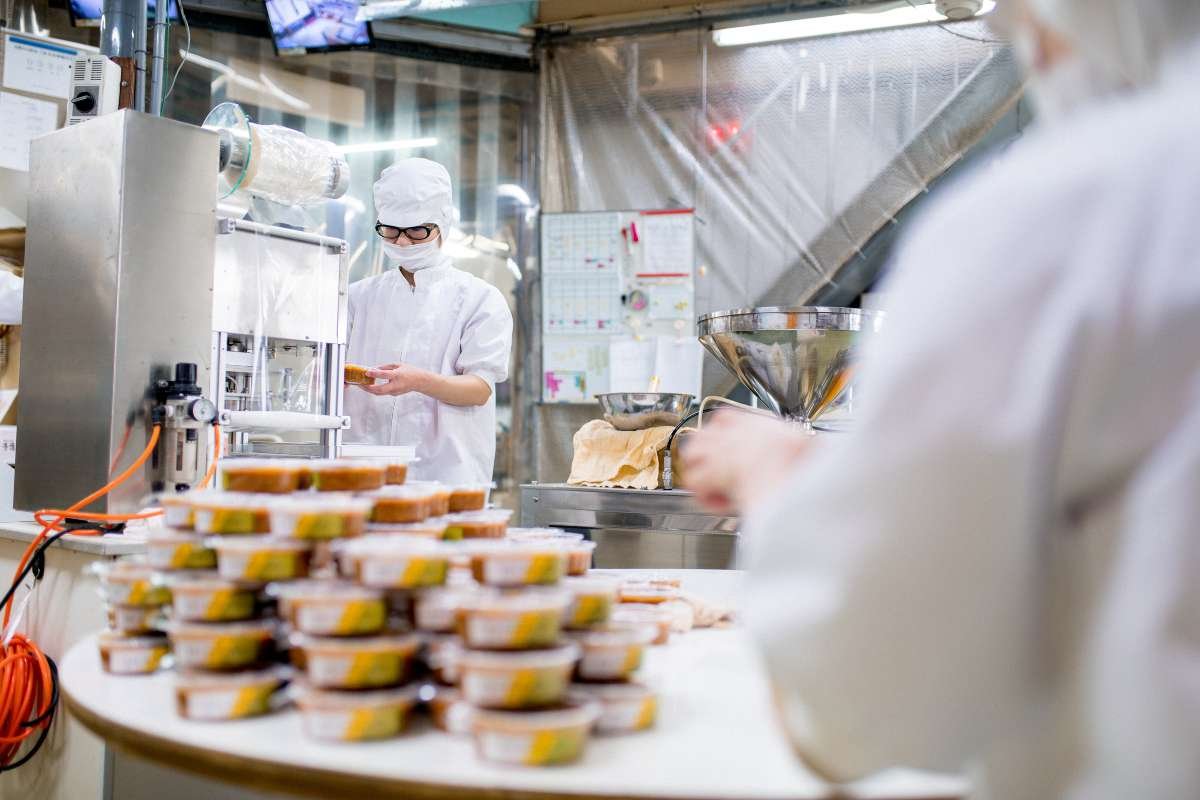Food product development is a multifaceted process that brings together creativity, science, and market trends to create new food products. This industry has evolved significantly over the years, driven by consumers’ changing demands, emerging food technologies, and a deeper understanding of nutrition. Successful food product development not only requires technical expertise but also an understanding of market dynamics and consumer preferences. In this article, we explore the stages of food product development, the key factors influencing it, and the importance of innovation in this ever-changing field.
The Stages of Food Product Development

Food product development typically involves several stages, each critical to ensuring the final product meets both consumer needs and regulatory standards. These stages can vary depending on the complexity of the product, but they usually follow a general framework.
- Idea Generation
The process begins with idea generation, which is the creative phase where potential food products are conceptualized. Brainstorming, market research, and trend analysis are crucial at this stage. The goal is to identify gaps in the market, consumer desires, or emerging trends that could lead to the development of a unique and profitable food product. - Concept Development
Once a promising idea is identified, the next step is concept development. During this phase, the initial concept is fleshed out into a more detailed plan. This includes defining the product’s target audience, flavor profile, nutritional benefits, and packaging. Concept development also involves analyzing potential competitors and understanding how the product can stand out in the marketplace. - Prototype Creation
After the concept is solidified, a prototype is created. This is the first version of the food product, developed in small batches. At this stage, the focus is on refining the recipe, texture, taste, and appearance of the product. The prototype is tested internally and may undergo several iterations before it reaches a final version that aligns with the concept. - Sensory and Market Testing
Food product development is incomplete without testing. Sensory testing allows companies to gather feedback on the product’s taste, texture, smell, and appearance. Market testing is equally important to gauge consumer reaction. This often involves focus groups or small-scale distribution in select markets. Consumer feedback during this phase helps adjust the product for broader market acceptance. - Scale-Up and Manufacturing
Once the product has passed the necessary testing stages, it’s time to scale up for manufacturing. This involves refining the production process to ensure efficiency, quality control, and cost-effectiveness. Scaling up the production also involves determining packaging, distribution channels, and compliance with food safety regulations. - Launch and Post-Launch Evaluation
The final stage of food product development is the launch. A well-executed launch is critical for a product’s success. Marketing strategies, promotional campaigns, and strong retail partnerships are essential to creating awareness and driving consumer demand. Post-launch evaluation helps companies assess the product’s performance, consumer acceptance, and any necessary adjustments to improve sales or meet new consumer preferences.
Key Factors Influencing Food Product Development

Several factors play a crucial role in the development of food products. Understanding these elements is vital to creating successful products that resonate with consumers.
1. Consumer Trends
Food product development is heavily influenced by consumer trends. Today’s consumers are increasingly focused on health and sustainability, prompting the development of products that cater to specific dietary needs, such as gluten-free, vegan, or low-sugar options. Products that offer convenience, such as ready-to-eat meals or snackable items, are also in high demand. Staying attuned to these trends is essential for businesses looking to create products that will succeed in the marketplace.
2. Technology and Innovation
Advances in food technology are constantly reshaping the landscape of food product development. From plant-based meats to lab-grown proteins, innovation plays a key role in meeting consumer demand for alternative food products. New technologies in food processing, packaging, and preservation also allow for the creation of products with longer shelf lives, better nutrition, and more appealing textures.
3. Regulatory Compliance
In the food industry, regulatory compliance is a non-negotiable aspect of product development. Companies must navigate complex food safety regulations set by authorities such as the FDA or EFSA. These regulations cover everything from ingredient sourcing to packaging standards, labeling, and food safety protocols. Ensuring that food product development adheres to these regulations is critical to bringing a product to market without legal or safety issues.
4. Cost and Profitability
The cost of ingredients, production, and packaging must be considered at every stage of food product development. A product must not only be high quality but also affordable for consumers and profitable for producers. This balance often requires innovation in sourcing, production methods, and pricing strategies to ensure the product can be made at a competitive price point while still delivering value to consumers.
5. Branding and Marketing
Effective branding and marketing strategies are vital in the food industry. A product’s packaging, logo, and marketing messages all contribute to how consumers perceive the product. Strong branding can create a unique identity and foster consumer loyalty. The right marketing campaigns can also build awareness and drive sales, especially during the product launch phase of food product development.
The Role of Sustainability in Food Product Development

Sustainability has become a major concern in food product development. With the growing awareness of environmental and ethical issues, consumers are increasingly demanding products that are produced using sustainable practices. This includes sourcing ingredients responsibly, reducing waste, using eco-friendly packaging, and ensuring fair labor practices in the supply chain.
Companies are embracing sustainability not only as a way to meet consumer demand but also as a means to differentiate their products in the market. For example, many brands are now incorporating plant-based ingredients into their product lines, catering to both health-conscious and environmentally-minded consumers. Sustainable sourcing and production methods are becoming key selling points for products, making them more attractive to the eco-conscious market.
Conclusion
Food product development is a dynamic, intricate process that requires a combination of creativity, scientific understanding, market awareness, and strategic planning. Successful food product development hinges on a clear understanding of consumer trends, innovation, regulatory compliance, and effective branding. By following a structured development process and embracing sustainability, companies can create products that resonate with consumers and stand out in a competitive marketplace.
In the ever-evolving world of food, staying ahead of trends, investing in research and development, and maintaining flexibility in the face of market demands are crucial to ensuring long-term success. Whether it’s developing the next breakthrough snack, a healthy meal solution, or an environmentally friendly product, the future of food product development holds endless opportunities for innovation and growth.
This article explores the importance of food product development from initial ideation to market launch, emphasizing the key factors that drive success in the food industry. By incorporating the right strategies and responding to consumer needs, companies can navigate the challenges of this complex field and create food products that meet modern demands.
Curious about Food Product Development? Read the blog! 4 Tips for Launching New Food Products Online









